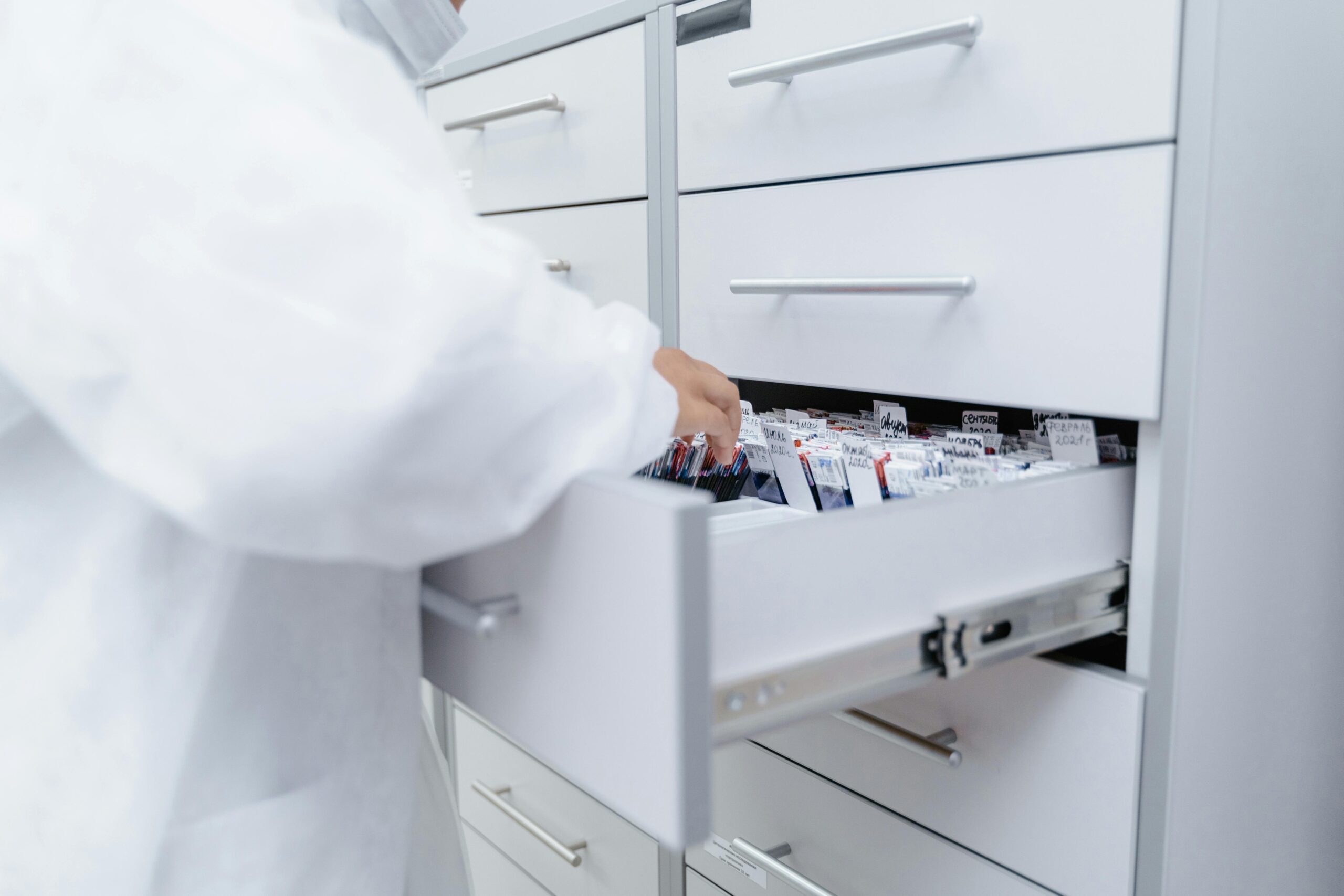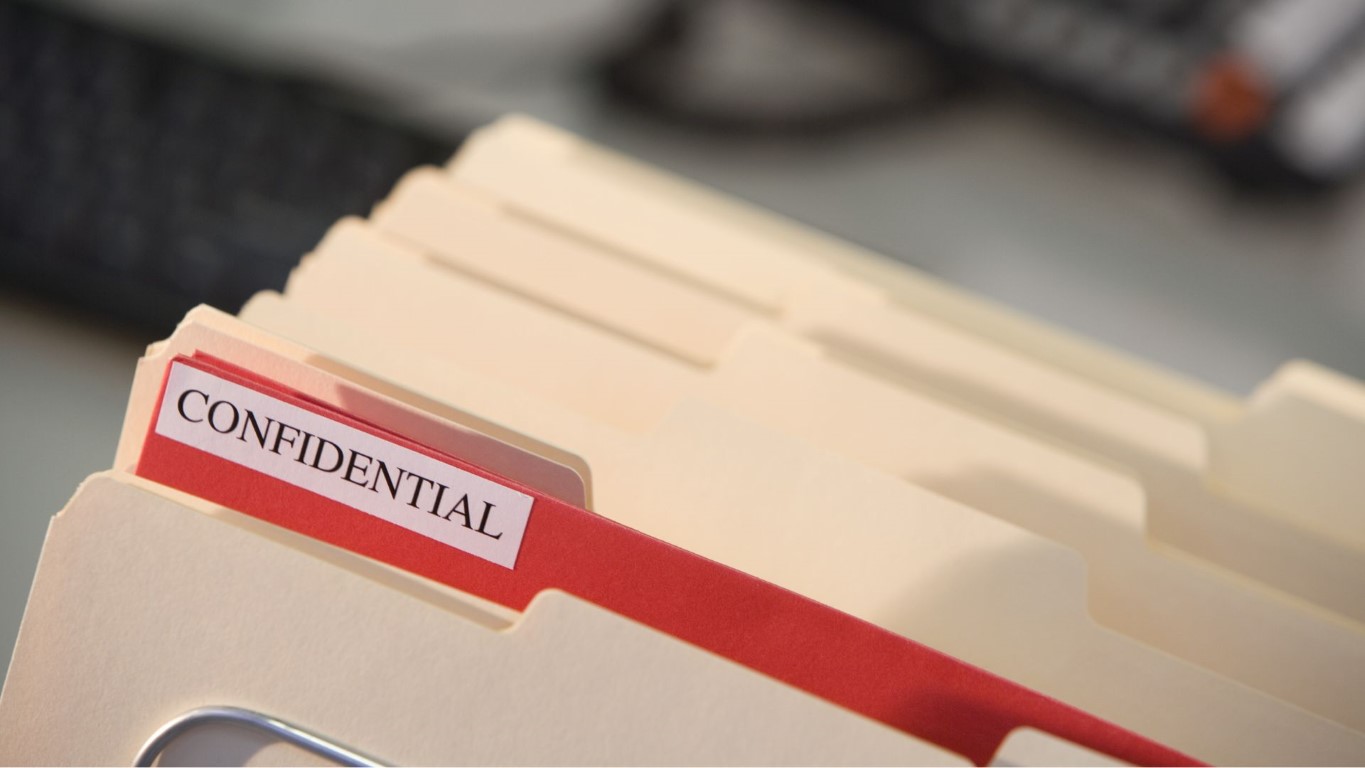
When it comes to handling sensitive information, few responsibilities are as important – or as heavily regulated – as managing medical records. Whether you’re a GP surgery, private clinic, or NHS Trust, you are entrusted with patients’ personal and often deeply private data. That responsibility doesn’t end with care delivery; it extends long after a patient leaves your service.
Navigating the legal obligations surrounding the storage, retention, and destruction of medical records can feel complex. But with the right approach, clear policies, and a trusted partner like Restore Datashred, healthcare providers can ensure both compliance and peace of mind.
Why proper storage, retention and destruction of medical records matters
Medical records form the administrative basis for proper patient care and are critical to continuity, risk management, and legal protection. However, their sensitive nature means mishandling them could have serious consequences.
The risks of non-compliance are stark. The Information Commissioner’s Office (ICO) has the authority to issue fines of up to £17.5 million or 4% of annual global turnover for serious data breaches under the UK GDPR. Beyond financial penalties, breaches erode patient trust – something far harder to repair.
Data security is only one part of the picture. Storage inefficiencies can also put a strain on resources. Retaining records for longer than necessary takes up physical space, increases liability, and often contravenes legal requirements. Conversely, premature destruction can hinder legal defence and disrupt patient care.
Legal and regulatory frameworks for storing medical records

At the heart of record-handling legislation is the UK General Data Protection Regulation (UK GDPR), which sets out how personal data – including health information – must be processed. The Data Protection Act 2018 also complements GDPR by setting out specific conditions for processing special category data like medical records.

Issued by NHS England, this guidance outlines how healthcare providers should manage records in line with legislative requirements. It covers everything from how records should be organised to how long they should be kept.

Bodies like the General Medical Council (GMC) and the British Medical Association (BMA) issue professional advice on handling patient data – valuable supplementary resources that ensure healthcare providers not only meet the letter of the law but uphold best practices in patient care.
Creating a medical records retention and destruction policy
A good retention and destruction policy is your roadmap to compliance. Be sure to document your policy, communicate it clearly to staff and monitor it regularly for adherence and updates. It should clearly outline:
Retention periods for all record types
Storage methods for both physical and digital records
Review schedules to determine if records should be retained, archived, or destroyed
Destruction protocols that comply with legal and ethical requirements
Responsibilities of staff, with appropriate training and oversight

Regulations for storing medical records stipulate that records must be safeguarded against a variety of risks, whether they’re held in a traditional filing cabinet or in the cloud. For physical records, this means housing them in environments that go well beyond just “safe”:
Storage requirements: Secure, compliant and scalable

Facilities should have robust structural protections and emergency response measures in place to shield records from unexpected disasters. Think fire-retardant building materials, sealed storage rooms, and elevated shelving in flood-prone zones.

Fluctuations in temperature and humidity can degrade paper quality and ink over time. Records should be stored in climate-controlled environments to preserve their legibility and longevity – ideally between 16°C and 20°C with stable humidity.

Physical access controls such as keycard entry, CCTV surveillance, and secure storage rooms are essential. Logs should be kept of who accesses records and when to maintain a clear audit trail.
In addition to these measures, Restore Datashred’s storage facilities meet these high standards and more – offering not just protection but peace of mind that records are safe, compliant, and retrievable whenever needed.
Digital records must be stored on secure servers with multi-factor authentication, access logs, and regular backups.
If maintaining such systems in-house is a challenge, outsourcing to specialists like Restore Datashred can offer peace of mind and efficiency. We work closely with healthcare providers to store and manage confidential documents with full compliance and auditable processes.
When medical records reach the end of their legally required retention period, the way they are destroyed is just as important as how they were stored. Destruction must follow specific guidelines that uphold patient confidentiality, prevent data breaches, and comply with legal standards such as the UK GDPR and Data Protection Act 2018. A robust medical record destruction policy should guarantee:
Medical records destruction policy standards

Records must be rendered completely unreadable and irretrievable. For paper records, this means secure shredding to cross-cut or confetti levels, while for digital records, it involves full data sanitisation or physical destruction of hard drives and storage media. Simply deleting files isn’t enough – data must be erased beyond recovery using certified processes.

Access to records marked for destruction should be limited to authorised personnel only, who are trained in information governance and understand the sensitivity of healthcare data. From initial handling to final disposal, a secure chain of custody is absolutely essential.

A full audit trail is vital. You must record what was destroyed, when, how, and by whom. These logs help demonstrate compliance and offer peace of mind in case of audits or legal queries.
This is where Restore Datashred proves invaluable. Our services are designed specifically to meet the needs of healthcare providers. Whether you choose on-site shredding – where destruction happens right outside your facility under your supervision – or off-site shredding at our high-security facilities, we ensure complete confidentiality. Every destruction job is backed by a Certificate of Destruction, giving you a formal record for compliance.
In today’s healthcare landscape, destruction isn’t limited to paper. Restore Datashred also provides secure hard drive destruction, digital data wiping, and product destruction, which is particularly important for obsolete medical devices or branded items that could pose a reputational risk if mishandled.
Our secure processes are BS EN 15713 compliant – the British standard for the secure destruction of confidential material – and every step is traceable, giving you full visibility and control.
A sustainable approach to data destruction
Sustainability is increasingly a core priority for healthcare organisations, particularly as the NHS and private healthcare providers work toward net-zero carbon targets. That’s why data destruction needs to be not just secure – but also sustainable.
At Restore Datashred, we’ve integrated environmental responsibility into every stage of our operations. Through our zero-to-landfill policy, all paper waste is 100% recycled into new products such as tissue paper or packaging. We provide clients with environmental impact reports, which detail how much material was recycled and the corresponding carbon savings – offering a tangible demonstration of your organisation’s environmental stewardship.
Our fleet of electric vehicles (EVs) helps reduce transport-related emissions during collection and shredding services, especially in urban areas with Clean Air Zones. And for clients with larger volumes, we can optimise collection schedules to minimise travel distances and maximise efficiency.
What’s more, our secure facilities are optimised for energy efficiency, and we’re continually investing in greener technologies to further reduce our carbon footprint. For healthcare providers balancing compliance, security, and sustainability, Restore Datashred offers a comprehensive solution that doesn’t compromise on any front.
The role of trusted partners in compliance
While your organisation holds ultimate responsibility for compliance, working with a trusted partner like Restore Datashred simplifies the task. Our deep expertise in secure document handling, combined with industry-leading sustainability and traceability practices, makes us a go-to for healthcare providers across the country.
To learn more about how Restore Datashred can help your organisation stay compliant and secure, visit our healthcare sector page.
Manage medical records with confidence and confidentiality
Navigating the complex web of medical records retention laws, storage requirements for medical records, and destruction policies needn’t be overwhelming. With clear policies, up-to-date training, and support from trusted providers, healthcare organisations can maintain compliance, protect patient confidentiality, and operate more efficiently.
Whether you’re reviewing your existing medical record retention and destruction policy, or starting from scratch, let Restore Datashred help guide you through the process – with confidentiality, compliance, and sustainability at the heart of everything we do.
Get in touch today by calling us on 0800 376 4422 or requesting a free quote for secure shredding.
 Customer Login
Customer Login